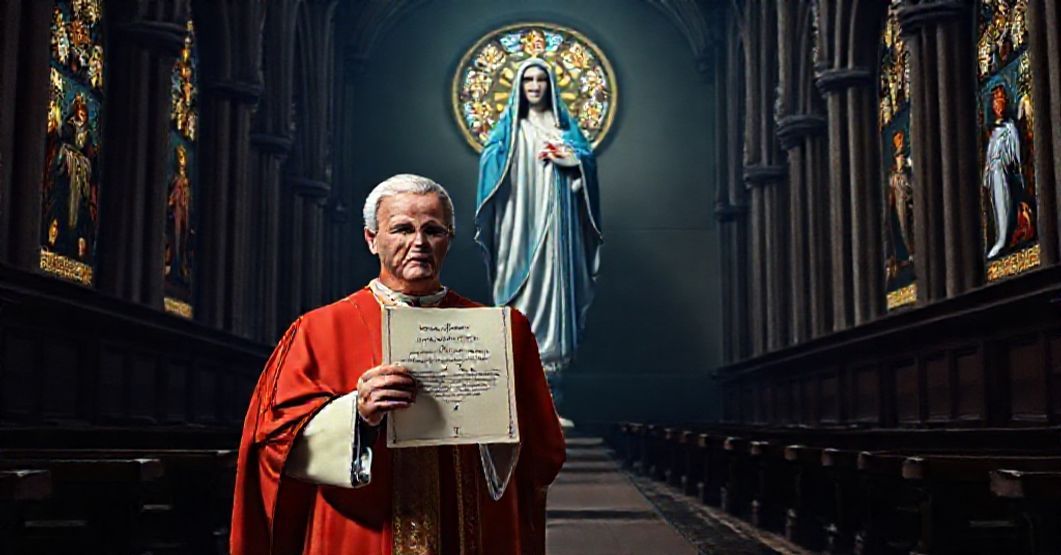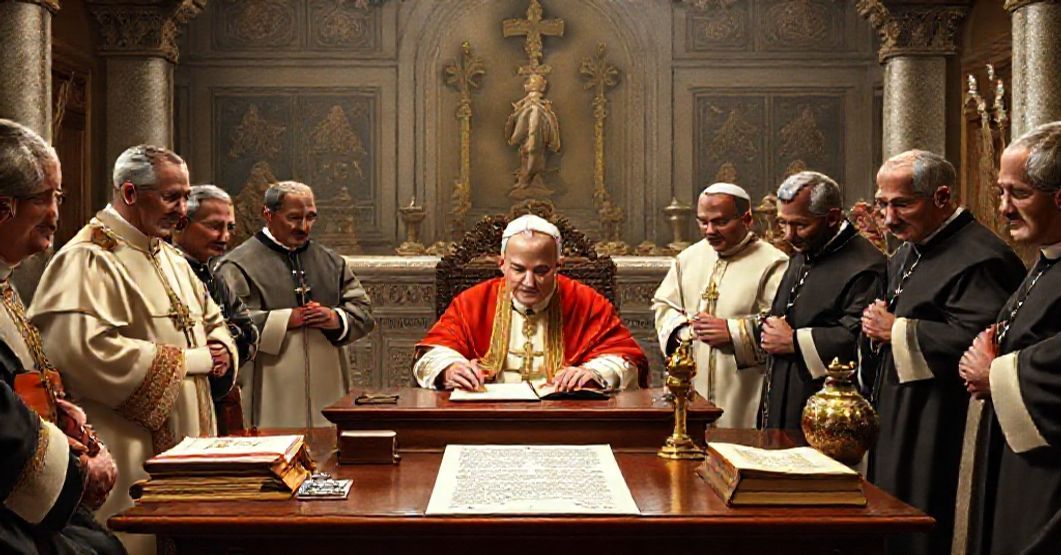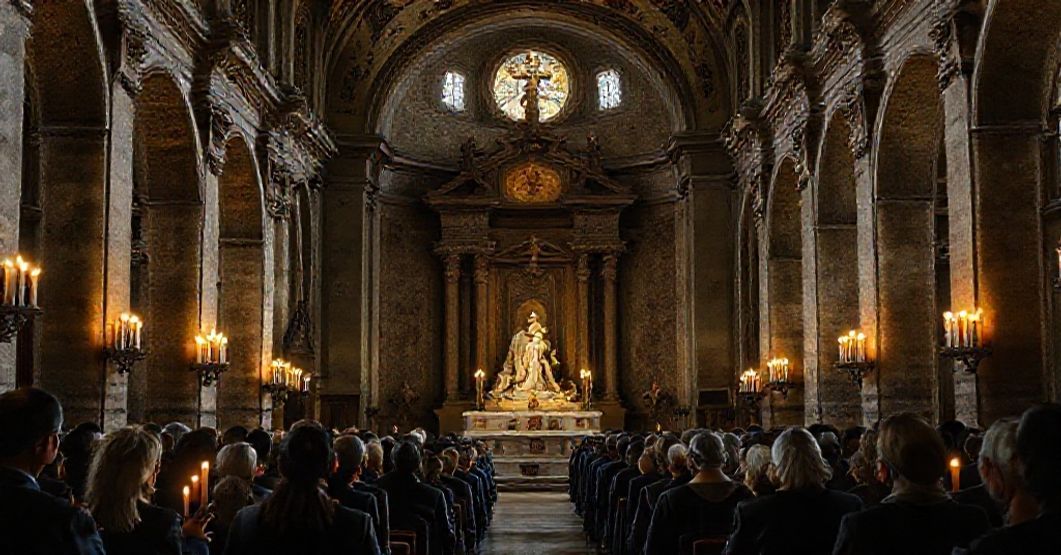Antipopes of the Antichurch



















Timeline of this heretical pontiff
Encyclical Letters
+ 15 posts1959
+ 7 posts1961
+ 4 posts1962
+ 2 posts1963
+ 2 postsApostolic Exhortations
+ 3 postsApostolic Constitutions
+ 93 posts1958
+ 6 posts1959
+ 87 postsMotu Proprio
+ 15 posts1958
+ 1 posts1959
+ 1 posts1962
+ 11 postsApostolic Letters
+ 151 posts1958
+ 4 posts1959
+ 63 posts1960
+ 78 posts1961
+ 1 posts1962
+ 4 posts1963
+ 1 postsSpeeches
+ 99 posts1958
+ 2 posts1959
+ 26 posts1960
+ 29 posts1961
+ 16 posts1962
+ 24 postsMessages
+ 6 posts1959
+ 4 postsHomilies
+ 4 postsLetters
+ 152 posts1958
+ 1 posts1959
+ 48 posts1960
+ 32 posts1961
+ 31 posts1962
+ 30 posts1963
+ 10 postsNot categorized
+ 1 posts1958
+ 1 postsNews feed


Qui huius saeculi (1959.03.23)
Qui huius saeculi is an act of John XXIII by which the structures occupying the Vatican, allegedly in virtue of “apostolic” authority, designate the “Virgin of Fatima” as principal patroness (together with St. Dominic) of the Diocese of Santo Domingo de Nueve de Julio in Argentina. In a few paragraphs of pious-sounding Latin, this text fuses the paramasonic Fatima operation with diocesan life, binds it liturgically, and presents devotion to “Our Lady of Fatima” and the reign of her Immaculate Heart as a privileged path of salvation for “those who tread the dark paths of this age.” This apparently small act is in reality a symptom and instrument of a new religion: it enthrones a fabricated apparition, relativizes the exclusive Kingship of Christ, and subordinates authentic Marian devotion to a political-ecumenical project that serves the conciliar sect rather than the Catholic Church.


Celsitudo ex humilitate (1959.03.19)
The document under consideration is an Apostolic Letter of John XXIII, “Celsitudo ex humilitate,” issued 19 March 1959, by which he solemnly declares Saint Lawrence of Brindisi a Doctor of the Universal Church, exalting his Franciscan humility, his linguistic and theological erudition, his anti-Protestant polemics, his Marian doctrine, and his services to princes and peoples, and ordering his liturgical cult as Doctor throughout the Church.


Boni Pastoris (1959.02.22)
The document titled “Boni Pastoris,” issued motu proprio by John XXIII on 22 February 1959, reorganizes and strengthens the Roman structure responsible for cinema, radio, and television, transforming the existing body into a “Pontifical Commission for Cinematography, Radio and Television” with stable curial status and wide coordinating, consultative, and promotional competences. It presents these modern media as providential instruments, to be used for “moral uplift,” evangelization, youth education, and the diffusion of “truth,” and establishes juridical norms to centralize oversight of Catholic initiatives in these fields under the See of Rome.


Urbis Fori Livii (1959.01.16)
The text is a brief Latin decree of the usurper John XXIII, in which he confers on the church of Saint Mercurialis in Forlì (Foro Livii) the title and privileges of a minor basilica, appealing to its antiquity, artistic value, popular attachment, and the cult of Saint Mercurialis as first bishop of the city. It is a perfectly characteristic specimen of the early rhetoric of the conciliar revolution: externally pious and canonico-bureaucratic, yet functioning as a liturgical-anthropological ornament on the façade of an authority that had already defected from the integral Catholic faith, transforming sacred titles into decorative tokens within a paramasonic system usurping the name of the Church.
Varia
Announcement:
– News feed –implemented
– Antipopes separate web sites with their all documents refutation – in progress
